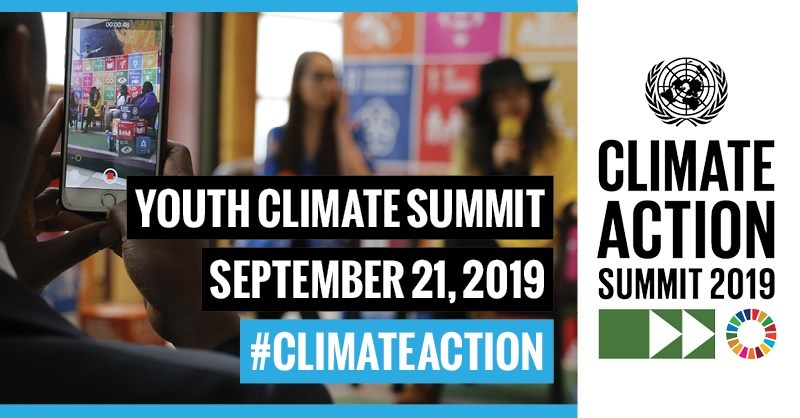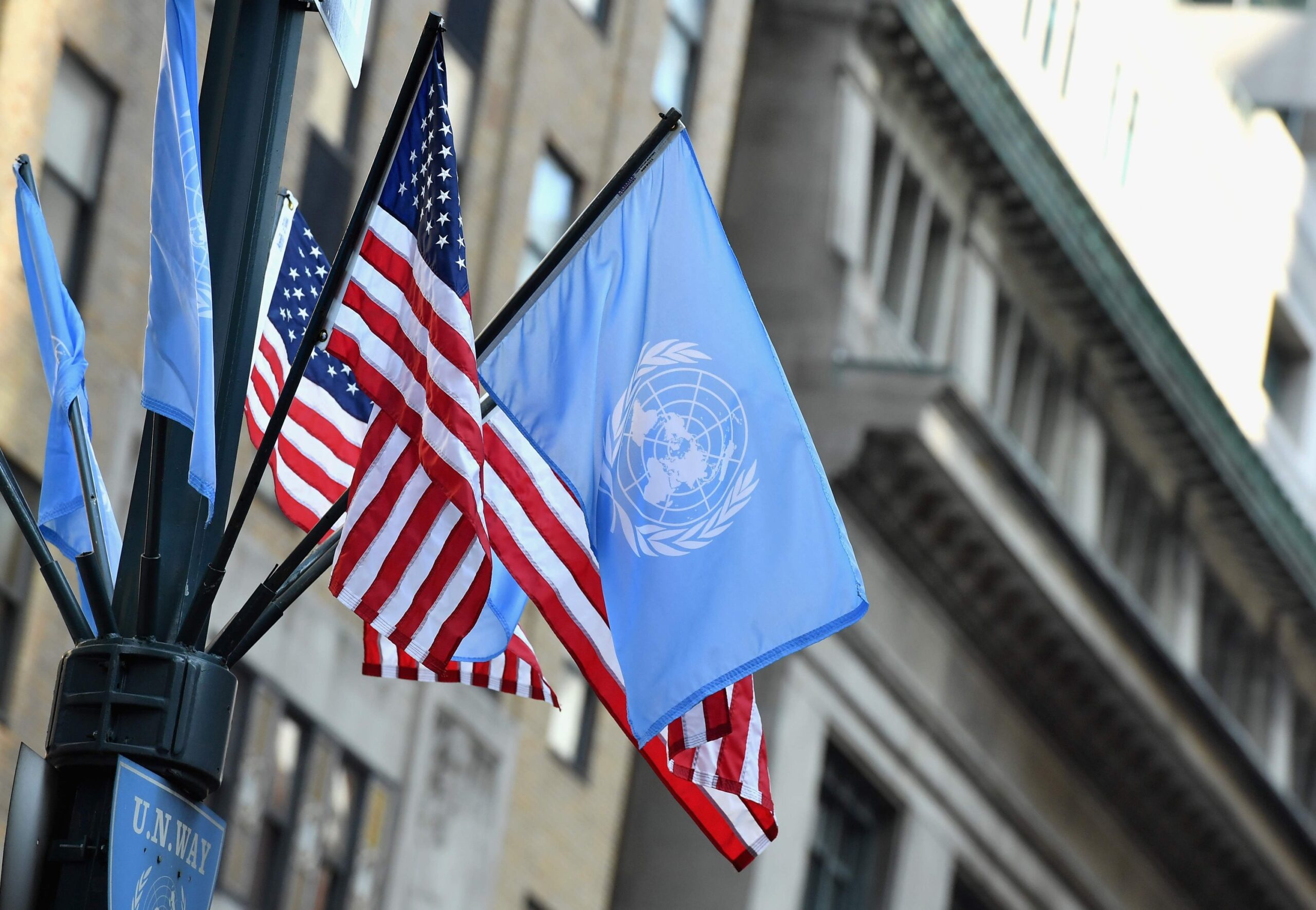Q&A with a Climate Action Expert
Varsha Vijayan participated in the UN Youth Climate Action Summit as a virtual Blogger Fellow for UNA-USA.
One of the main conversations around the UN Youth Climate Action Summit was around educating ourselves and our immediate social circle about the impacts of Climate Change. In this process, I reached out to Avipsa Mahapatra, who leads the Climate Campaign at Environmental Investigation Agency, USA. Her educational background and extensive experience working with a multitude of environmental institutions motivated me to interview her, seeking her expert opinion on Climate Action and SDG 13.
Avipsa Mahapatra has campaigned to reduce the environmental climate footprint of the cooling sector for nearly a decade, and recently led the ground-breaking investigation into illegal companies producing banned ozone-depleting substance, CFC-11. She joined the Environmental Investigation Agency in 2012 with over five years of International Climate Policy and implementation experience, having previously worked at leading institutions such as the Earth Institute New York, World Resources Institute, WWF Norway, 350.org and PowerShift. She has a Master’s degree from Columbia University in Climate Science and Public Policy and was a research fellow in Sustainable Urban Development at Yale University.
Below is a brief virtual interview that I had with Avipsa on topics covering Climate Action, SDG 13, and the evolution of conversations about climate worldwide. I thank Avipsa for her time and steadfast commitment towards Climate Action!
Q: As a climate campaigner, how hopeful are you about sustainable Climate Action around the world?
A: When I first started out as a youth climate activist, I genuinely and fiercely believed that we will move the emissions curve downward in time. After all, how could we not!? But the “adults” failed me then and are no different now. With evidence of climate impacts mounting daily, be it in fires ravaging California or the Amazon, be it hurricanes that wipe out entire neighborhoods in Texas or Odisha, acting on climate is no longer a matter of urgency, it is a global emergency! The most important finding in Climate Science is that there are tipping points, from which there is no return. The tipping point for some of these phenomena has been agreed by the world’s eminent scientists (IPCC) to be at around 2 degrees Celsius. Yet, most countries have failed to meet their climate commitments so far. We are not on consistent path towards staying under a 1.5 degrees Celsius rise.
Yet, what gives me hope, is the unprecedented swelling of youth activism and the relentlessness of purpose I see from the “Greta generation”, that seems to have already exponentially raised public consciousness and moved political discourse. The global climate strikes last week, called by the kids, and supported by adults worldwide, have told governments and corporations that action on climate crisis is no longer optional.
Now it’s time for government and corporate leaders to respond to this global call by ambitious emissions-reducing commitments at the UN Climate Action Summit this week and beyond, that they deliver on.
Q: What is your advice for students entering college who want to align their career in working to combat climate change? What courses would you recommend?
The climate emergency needs everyone and all kinds of skills. We are talking about sustaining survival on our planet and that requires extraordinary systemic changes to our geopolitics, our economies and our ways of life. Whether you study political science or statistics, life sciences or law, creative writing or data science, climate modeling or atmospheric chemistry, you can contribute to the climate movement. You could be an investigative journalist exposing corruption that prevents strong environmental action. There is a range of litigation cases around the world for example working to hold major environmental criminals accountable, impossible without lawyers. The list is endless!
Q: How does your work at the EIA tie to the UN’s Sustainable Development Goal 13 on Climate Action?
A healthy ozone layer and climate are indispensable to meeting all of the Sustainable Development Goals. The campaign I lead at EIA focuses specifically on ensuring that we cool ourselves without using a group of superpollutant refrigerants (hydroflurocarbons), as these gases are several times as damaging to the climate as CO2. However, there are no sectors or gases that can be traded off against each other to buy time – action is needed on all fronts, now. Countries and companies need Mitigation Action Plans that deliver fast temperature abatement in the near term, while committing to the long-term goal of achieving carbon neutrality before 2050.




